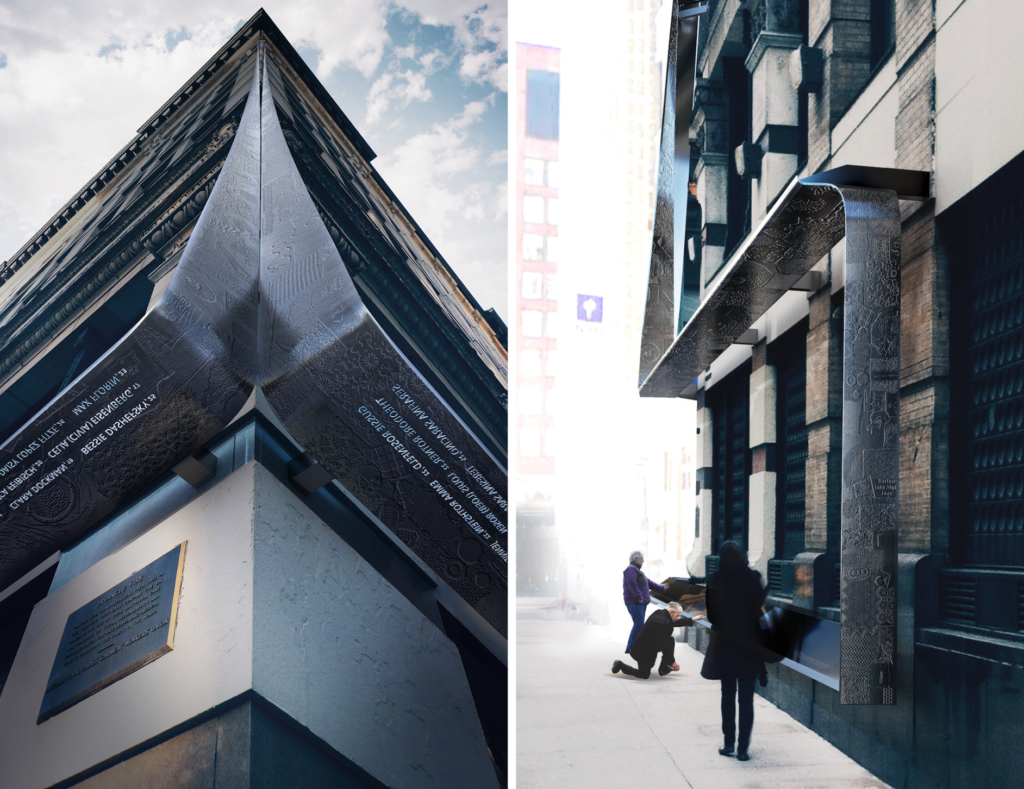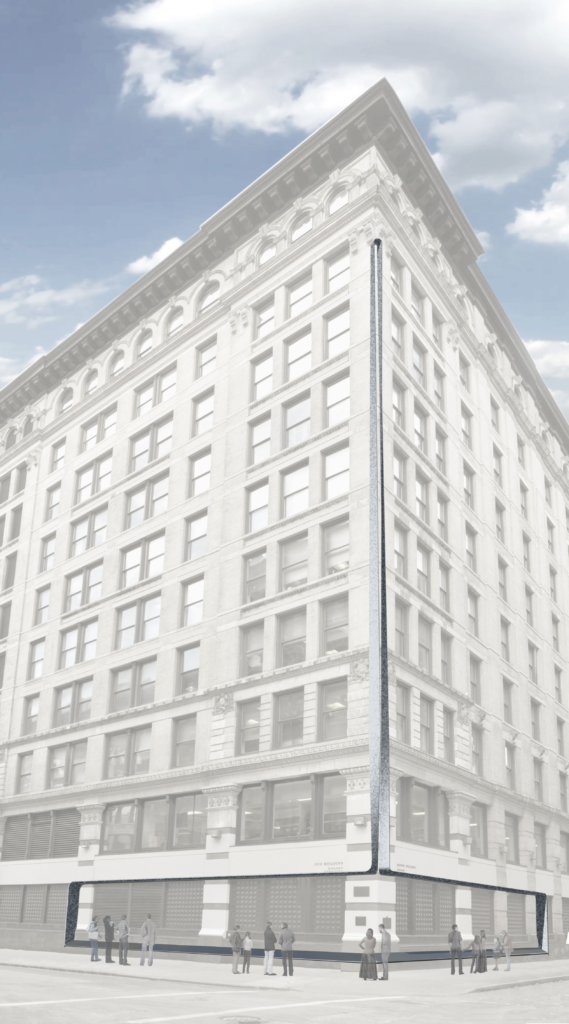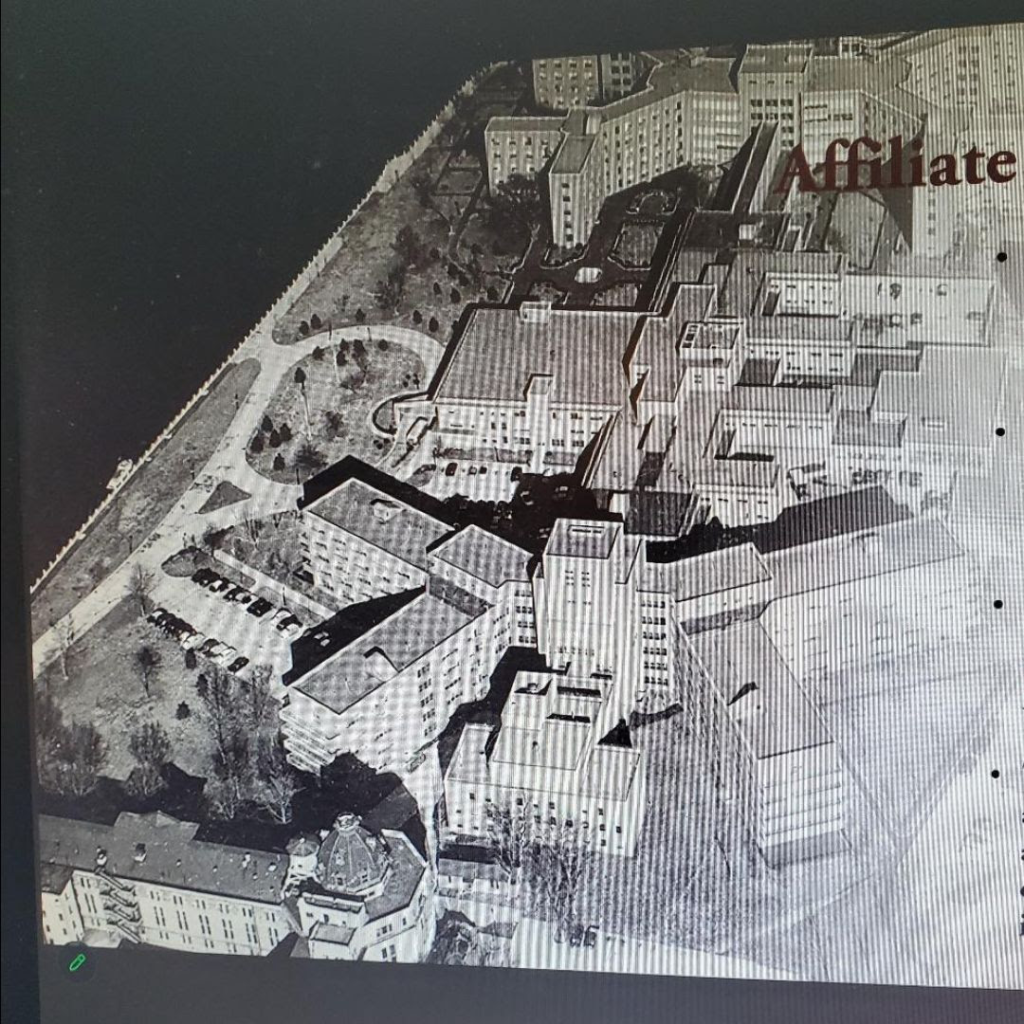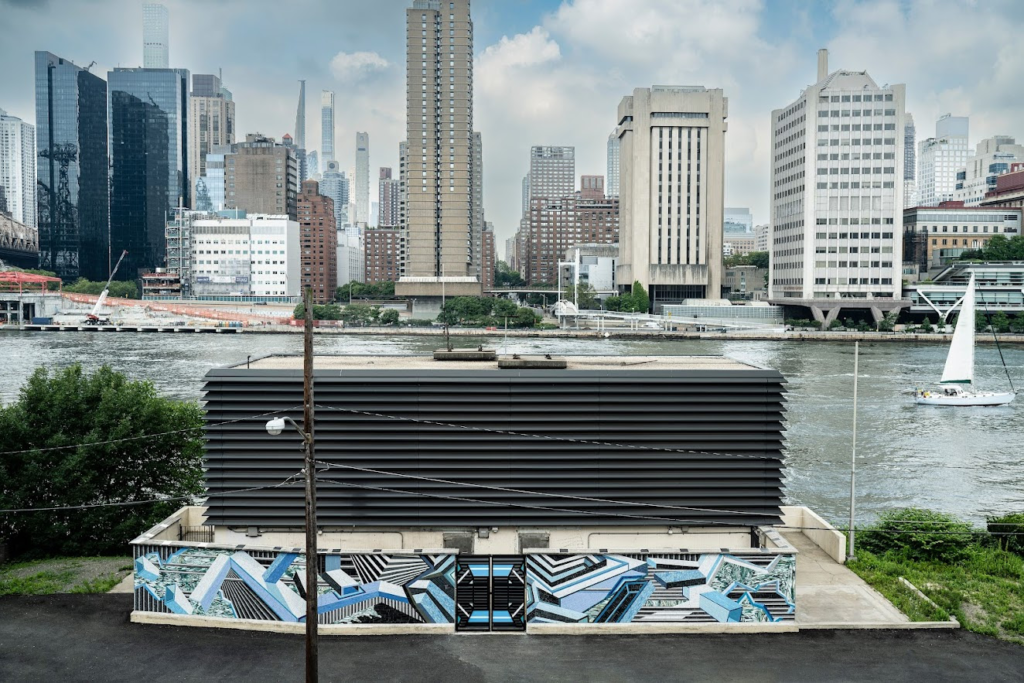Wednesday, August 2, 2023 – COMMEMORATING A FIRE OVER 100 YEARS AGO


FROM THE ARCHIVES
WEDNESDAY, AUGUST 2, 2023
ISSUE# 1050
NYC Memorial Honoring
Triangle Shirtwaist Factory
Fire Victims
To Be Unveiled This Fall
6SQFT
BY AARON GINSBURG

Renderings courtesy of Uri Wegman and Richard Joon Yoo
A permanent memorial in Greenwich Village honoring the lives lost to the Triangle Shirtwaist Factory Fire will finally be built. Designed by artists Richard Joon Yoo and Uri Wegman and commissioned nearly a decade ago by the Remember the Triangle Fire Coalition, the tribute will feature the names of all 146 workers who died, cut into steel panels outside of 23-29 Washington Place, the building where the tragedy happened over 100 years ago. As first reported by the New York Times, a dedication ceremony for the new memorial is scheduled for October 11.

The design from Wegman and Yoo is inspired by the mourning ribbons that were traditionally draped on buildings during times of public grief. The main part of the memorial is a textured stainless steel ribbon, which descends from the corner of the building on the ninth floor and splits at the top of the ground floor, continuing along both sides of the building.
The names of the victims are etched into the ribbon, which hangs 12 feet above the sidewalk and is reflected by a reflective panel on street level. As visitors look up and read the names, they will see the testimonies of survivors and eyewitnesses reflected in the panel.

The coalition invited the public to help create a 300-foot-long ribbon formed from individual pieces of fabric and sewn together by volunteers. The cloth ribbon’s patterns and textures will be etched onto the steel ribbon of the memorial.
The Triangle Factory Fire is one of the deadliest workplace tragedies in American history. The event occurred around 4:30 p.m. on March 25, 1911, when a fire broke out on the eighth floor of the Asch Building, located on the corner of Washington Place and Greene Streets.
Most of the factory workers were poor immigrant women and girls, hired by owners Max Blanck and Isaac Harris, who preferred to hire them because they would work for less pay than men would and were considered less likely to unionize.
The factory floor was notorious for its poor working conditions and neglectful management by Blanck and Harris, who are said to have personally designed the layout of all 280 sewing machines throughout the floor to minimize conversation and maximize production. They even fined workers for talking, singing, and taking too many breaks.
The fire, which was ignited when stray ash from a foreman’s cigarette landed on rags and cloth on the floor, quickly erupted, fueled further by grease from the sewing machines. When the women on the factory’s eighth floor tried to escape, they realized they were trapped behind the doors that Blanck and Harris kept locked throughout the workday. Factory workers leaped out of the building’s windows to their deaths to escape the flames.
Considered one of the worst workplace tragedies in American history, the Triangle Shirtwaist Factory Fire brought attention to the widespread mistreatment of laborers and poor working conditions in factories nationwide. As 6sqft previously noted, the working conditions that created the tragedy were common in factories around New York City and the country. Roughly half of the City’s garment workers died above the seventh floor, out of reach of the city’s fire hoses. Most factories sported wooden staircases and blocked exits.
In 2012, the Remember the Triangle Fire Coalition organized an international competition aimed at creating a permanent memorial to honor the victims of the Triangle Shirtwaist Factory Fire at the site of the tragic event. After reviewing nearly 180 submissions, the Coalition selected Uri Wegman and Richard Joon Yoo’s design as the winning proposal.
In 2015, New York State granted $1.5 million towards the construction of the memorial, and in January 2019, the city’s Landmark Preservation Commission approved the design. Finally, in 2021, the Public Design Commission approved and commended the memorial’s design.
For members of the coalition, the memorial, as is a recognition of the labor movement in New York City, is long overdue.
“In a city that calls itself a union town, it’s about time to have labor stories out there,” Mary Anne Trasciatti, president of the coalition and director of the labor studies program at Hofstra University, told the Times.
“There’s nothing on the landscape that tells the stories of working people as working people.”
CHECK OUT OUR TIK TOK SITE FOR THE LATEST SLOTH SITINGS.
www.tiktok.com/@rooseveltislandhsociety
LOOK AT OUR DISPLAY WINDOW IN RIVERCROSS NEXT TO THE SUBWAY STORE

WEDNESDAY PHOTO OF THE DAY
SEND YOUR RESPONSE TO:
ROOSEVELTISLANDHISTORY@GMAIL.COM

TUESDAY PHOTO OF THE DAY
INTERIOR OF GOOD SAMARITAN LUTHERAN CHURCH
LOCATED IN AREA NOW BETWEEN GOOD SHEPHERD AND RIVERCROSS
DEMOLISHED IN THE 1970’S

THE VIEW OF “DOUBLE TAKE” FROM THE ROOF OF THE SUBWAY STATION.
TO SEE MORE OF DIANA COOPER’S ART AND PHOTOGRAPHS CHECK OUT HER WEBSITE:
dianacooper.net

Text by Judith Berdy
Thanks to Bobbie Slonevsky for her dedication to Blackwell’s Almanac and the RIHS
Thanks to Deborah Dorff for maintaining our website
Edited by Melanie Colter and Deborah Dorff
All image are copyrighted (c) Roosevelt Island Historical Society unless otherwise indicated
MAYA LEVANON-PHOTOS TIK TOK & INSTAGRAM
6SQFT
AARON GINSBURG
www.tiktok.com/@rooseveltislandhsociety
Instagram roosevelt_island_history
THIS PUBLICATION FUNDED BY DISCRETIONARY FUNDS FROM CITY COUNCIL MEMBER JULIE MENIN & ROOSEVELT ISLAND OPERATING CORPORATION PUBLIC PURPOSE FUNDS.


Copyright © 2022 Roosevelt Island Historical Society, All rights reserved.Our mailing address is:
rooseveltislandhistory@gmail.com

Leave a comment